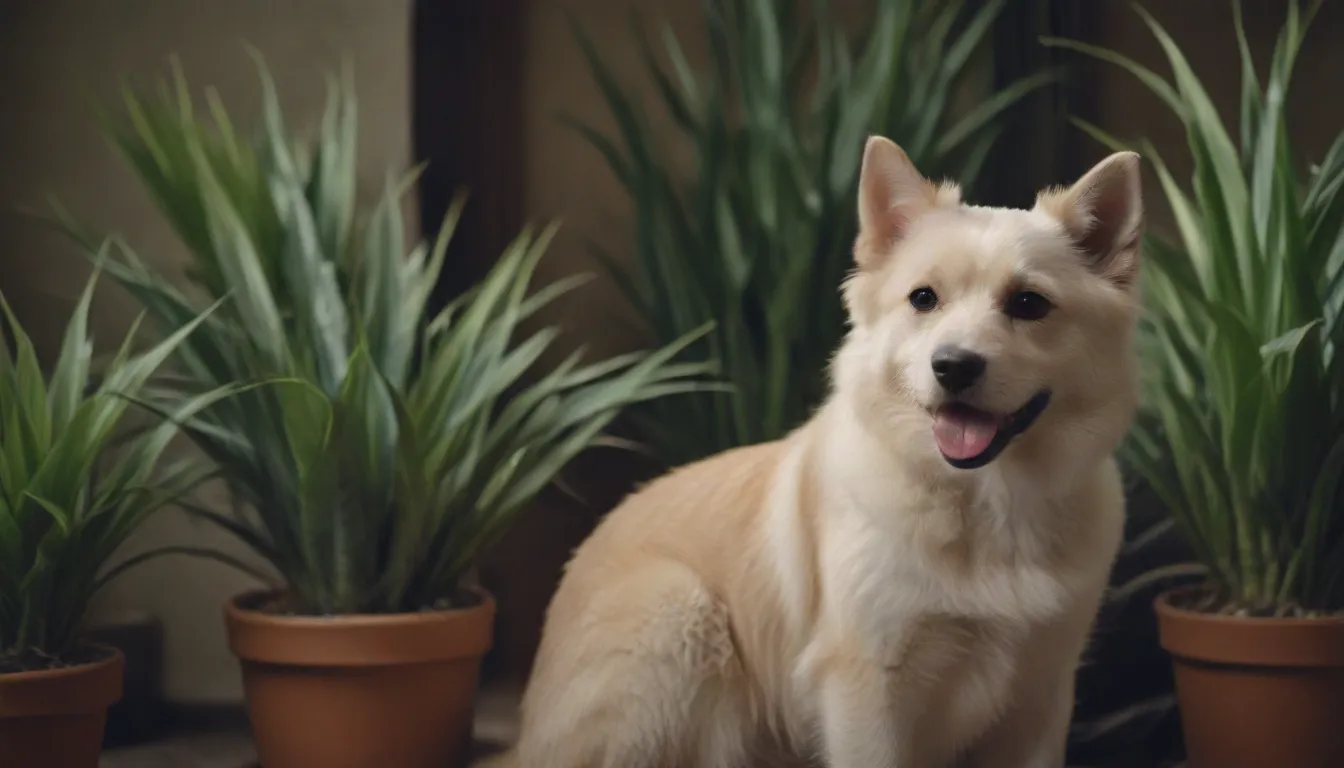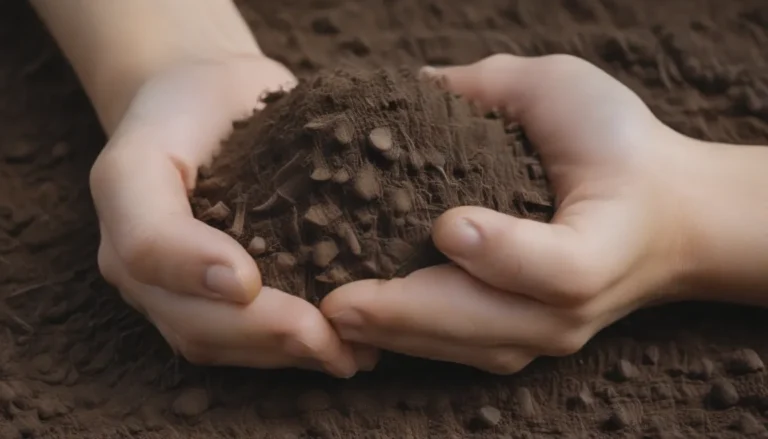Keeping Your Furry Friends Safe: Snake Plants and Doggy Dilemmas

When it comes to creating a cozy, welcoming atmosphere in our homes, many of us turn to houseplants to bring a touch of nature indoors. Snake plants, with their striking leaves and easy-care nature, are a popular choice for adding a touch of green to any space. However, if you share your home with a furry friend, you may be wondering if these trendy plants are safe for your dog.
In this comprehensive guide, we’ll explore the ins and outs of snake plants and their potential toxicity to dogs. From identifying symptoms of poisoning to preventative measures you can take, we’ve got you covered. Let’s dive in and ensure that your beloved canine companion stays safe and healthy in a home filled with greenery.
Understanding Snake Plants: A Brief Overview
Before we delve into the potential risks of snake plants to dogs, let’s take a closer look at these popular houseplants. Also known by their botanical name, Dracaena trifasciata, snake plants are favored for their resilient nature and distinctive appearance. Their long, succulent leaves have earned them nicknames such as mother-in-law’s tongue, golden bird’s nest, and viper’s bowstring hemp.
These hardy plants are well-suited for indoor environments, as they can tolerate neglect and thrive in low-light conditions. However, despite their resilience, snake plants harbor a hidden danger for our canine companions.
Unraveling the Toxicity of Snake Plants
Snake plants are considered mildly to moderately toxic to dogs. The culprit behind their toxicity is a compound called saponin, which is found in the leaves of the plant. When ingested in large quantities, saponin can cause a range of symptoms in dogs, including hypersalivation, dilated pupils, and gastrointestinal distress. While small amounts may result in milder symptoms, ingesting a significant quantity can pose a more serious threat to your furry friend.
Spotting the Signs: Symptoms of Snake Plant Poisoning in Dogs
If you suspect that your dog has ingested part of your snake plant, it’s crucial to be vigilant and watch for any signs of poisoning. Common symptoms of snake plant poisoning in dogs include:
- Nausea
- Vomiting
- Diarrhea
If you notice any of these symptoms or if your dog is behaving unusually, contact your vet or an emergency animal hospital immediately. Prompt action is key to ensuring the well-being of your furry friend.
Pro Tip:
In the event of ingestion, do not induce vomiting unless instructed to do so by a professional. It’s also helpful to identify the specific variety of snake plant that was consumed or provide a sample of the plant to assist with treatment.
Safeguarding Your Pooch: Preventing Accidental Ingestion
To prevent your dog from coming into contact with your snake plant, consider these proactive measures:
- Move the plant to a location that is out of your dog’s reach, such as a high shelf or tall plant stand.
- Avoid placing the plant in a room that your dog frequents or invest in a pet gate to restrict access.
- If necessary, consider gifting the plant to a friend or opt for non-toxic alternatives to ensure your dog’s safety.
Exploring Non-Toxic Alternatives: Pet-Friendly Plant Options
If you’re concerned about the potential risks of keeping a snake plant in your home, fear not! There are plenty of non-toxic plant alternatives that can add a touch of greenery without posing a hazard to your dog. Consider incorporating the following pet-friendly plants into your indoor oasis:
- Cast Iron Plant: A sturdy and low-maintenance option that thrives in low-light conditions.
- Ponytail Palm: With its unique shape and resilience, this plant is a pet-safe favorite.
- Spider Plant: Known for its air-purifying qualities and non-toxic properties, this plant is a win-win.
- Zebra Calathea: A visually striking plant that is safe for pets and adds a touch of elegance to any space.
By opting for non-toxic plants, you can create a pet-friendly environment that is both stylish and safe for your furry friends.
In Conclusion
While snake plants may add a touch of green to your home, it’s essential to be aware of their potential toxicity to dogs. By understanding the risks, recognizing the symptoms of poisoning, and taking proactive measures to prevent accidental ingestion, you can create a safe and harmonious living space for both your canine companion and your beloved plants.
Remember, when it comes to your pet’s health and well-being, it’s always better to err on the side of caution. By educating yourself and taking preventative steps, you can enjoy a thriving indoor garden while keeping your furry friends out of harm’s way.
Sources:
– Snake Plant: A Forgiving, Low-Maintenance Houseplant. Pennsylvania State University Extension.
– Mother-in-Law’s Tongue. ASPCA.
– Dracaena trifasciata. North Carolina State University Extension.
– Is It Ever Safe to Induce Vomiting? ASPCA.
– Snake Plant Poisoning in Dogs. Wagwalking.





